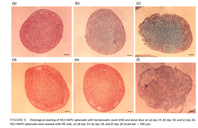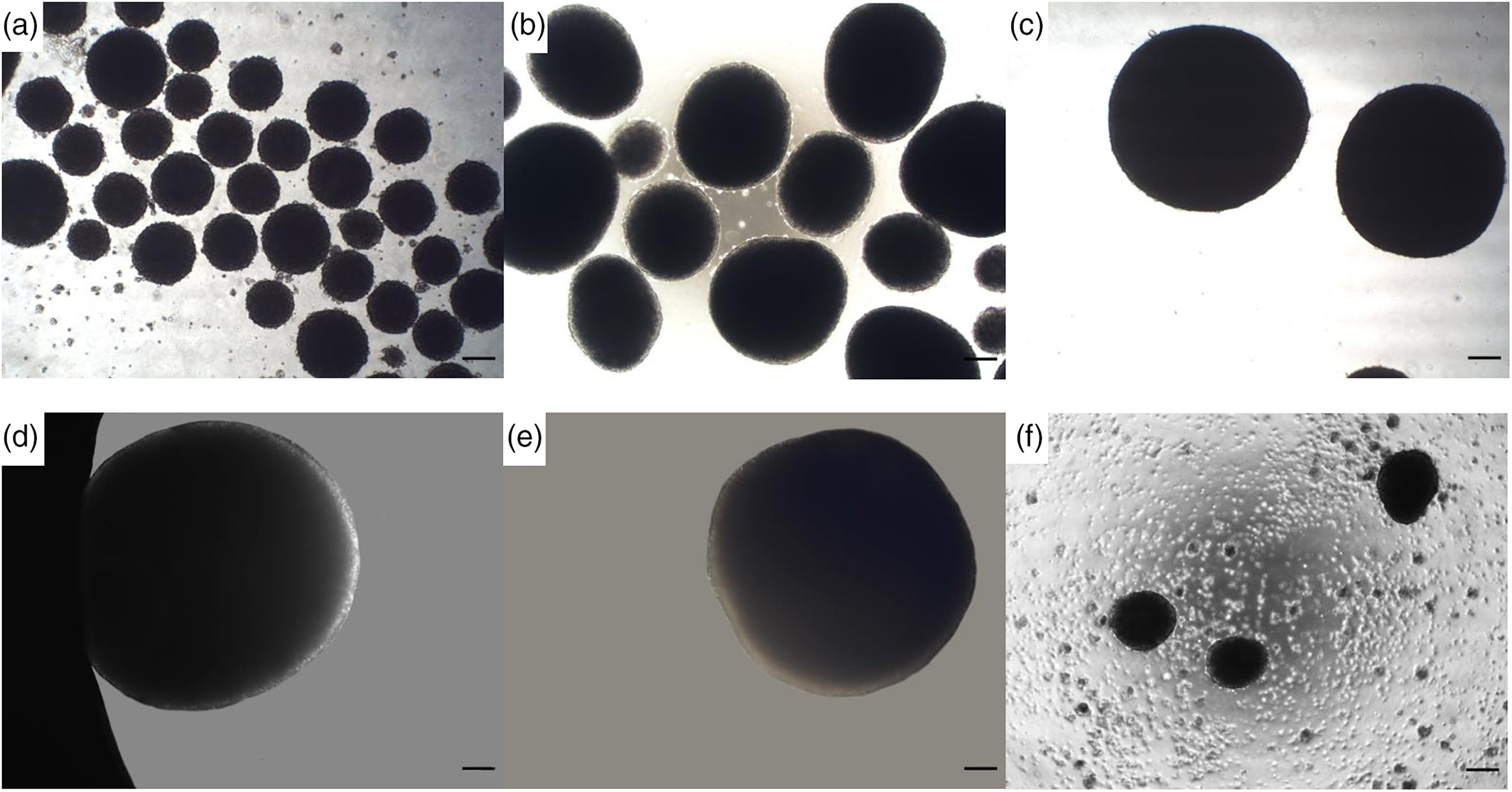
How Chrisna uses the ClinoStar for pharmaceutical research on various tissue

Contact information:
Associate Professor
Centre of Excellence for Pharmaceutical Sciences (Pharmacen™)
North-West University, South Africa
Reason for using a clinostat
Working in the pharmaceutical research environment, being able to reduce the need for animal models in my research, while increasing the relevance of my research is very important. Using clinostat-based 3D cultures enables much longer treatment and experimental windows, in an in vitro format, while obtaining data with physiological relevance. Unlike with animal models, multiple daily samplings from the same bioreactor is possible, with no ethical implications. I believe this is an ideal approach.
Interesting Results
We compared 2D and 3D screening models to elucidate toxicity potential of herbal compounds, and the results suggested 3D cell culture models to be the superior model due to the lack of physiological relevance of the 2D models.
We saw some discrepancies in the data obtained from the 2D and 3D models, which suggested that the 2D model may result in initial false positive results and later in false negative results.
We proposed that this was due to different modes of DNA repair systems in the exponential growth phase where experiments with 2D models are executed, while in the 3D spheroid model the majority of the cells within the spheroid structure are predominantly non-dividing. In vivo and in intact organs cells are also at various stages of the cell cycle or non-dividing, suggesting that a 3D spheroid model will give a more accurate representation on how an organ, in this instance the liver, will respond to an herbal xenobiotic.
Learnings/Tips and Tricks
Although a standard approach is used to culture cells using a clinostat, we realized that each new cell line/type must be seen as a blank canvas. Each cell line requires its only little adaptations to make them thrive in this environment. Although this seems difficult, it really is not as you have a list of possibilities to work from. And in the end the extra effort rewards you with so much more, including better and more representative models and excellent data!
“Using clinostat-based 3D cultures enables much longer treatment and experimental windows, in an in vitro format”.
WEBINAR
Mini-tumours as models for anticancer evaluation of medicinal plants.
In this presentation, Professor from NWU, Chrisna Gouws, discusses how to bridge the gap between in vitro studies and the human in vivo system. Chrisna develops novel three-dimensional spheroid models to better mimic cancer cell behavior in vivo when studying cancer treatments. These include colorectal, lung, nasal, and skin cancer mini-tumors, which we fully characterise and validate through treatment with a standard chemotherapeutic drug.
Highlighted Research
Get inspired by Chrisna and her group’s research made with the ClinoStar system.

Anticancer Potential of Sutherlandia frutescens and Xysmalobium undulatum in LS180 Colorectal Cancer Mini-Tumors
In this study, two South African medicinal plants widely used to treat various diseases, Sutherlandia frutescens and Xysmalobium undulatum, were evaluated for potential activity against colorectal cancer.

Toxicity and anti-prolific properties of Xysmalobium undulatum water extract during short-term exposure to two-dimensional and three-dimensional spheroid cell cultures
Commercially available Uzara plant material was used to prepare a crude aqueous extract, of which the toxicity potential was investigated in the hepatic HepG2/C3A cell line in both traditional two-dimensional (2D) and rotating three-dimensional (3D) spheroid cell cultures

A novel NCI-H69V small cell lung cancer functional mini-tumor model for future treatment screening applications
DOI: 10.1002/btpr.3253
In vitro cancer models are crucial in chemotherapy development, and three-dimensional (3D) models aim to bridge the gap between two-dimensional (2D) flat cultures and in vivo testing.
Read all the ClinoStar publications from Chrisna and her Group
Start optimising your
In Vitro models today

